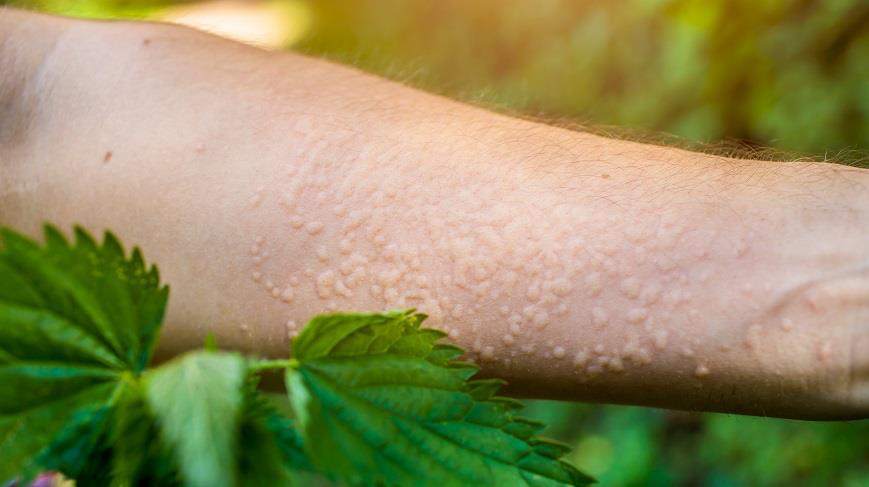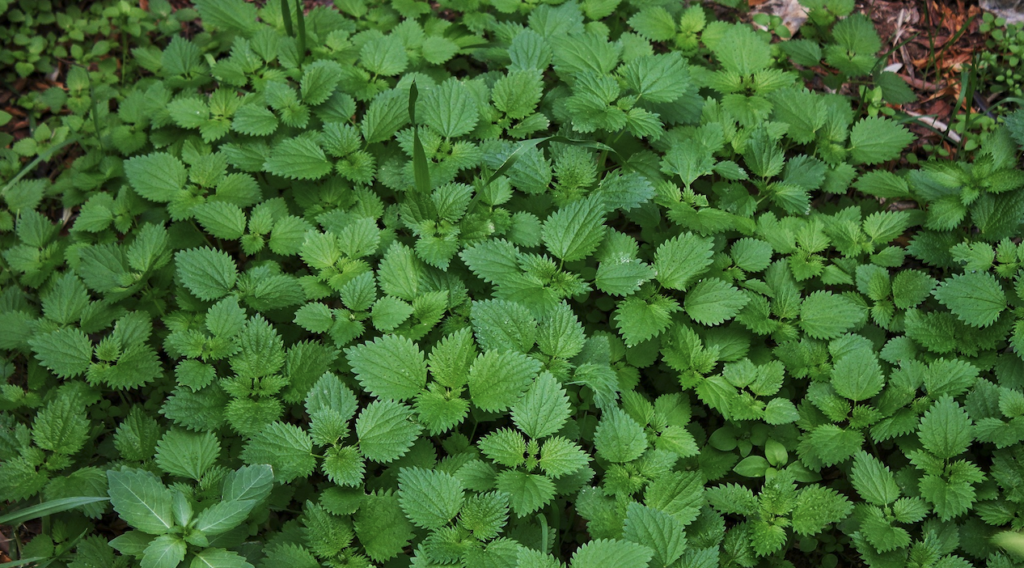Stinging Nettle: the versatile medicine and food
In the diverse world of medicinal and culinary herbs, the stinging nettle of the Urtica dioica species stands out as a remarkable plant with a wide range of applications. Found abundantly in various regions, including the Maghreb, this perennial herb has been cherished for centuries due to its exceptional medicinal properties and its versatility in the kitchen.
The plant’s unique defense mechanism
Stinging nettle acquired its name due to the plant’s unique defense mechanism. The leaves and stems of the nettle plant are covered in tiny, hollow hairs that contain formic acid, histamine, and other irritating substances. When these hairs come into contact with the skin, they cause a stinging sensation, resulting in temporary discomfort, itching, and redness.
Within seconds of contact, sharp stinging and burning on the skin can occur. Hives and itching can be intense. The needle that can inject several chemicals causing a painful sting. Hence, the species are commonly known as stinging nettle, burn-nettle, among other names.
I it is worth noting that individual sensitivities can vary. Some people may experience allergic reactions or skin irritation when coming into contact with stinging nettle. Therefore, it’s advisable to start with small amounts to assess own response.
Origin and name across the region
In the Maghreb, its name varies from one region to another even within the same country. In Morocco it is known as Thayzint, Tagzint, Tamzrit in Tamazight, or Herriga in Arabic/Darija. In Algeria, it is known as Thimeksine, Thchawith, or Azegtuf; and Timanzilt in Libya.
Stinging nettle is known in Morocco as Thayzint, Tagzint, Tamzrit in Tamazight, or Herriga in Arabic/Darija. In Algeria, it is known as Thimeksine, Thchawith, or Azegtuf, and Timanzilt in Libya.
Despite its stinging properties, the plant is not generally considered poisonous. In fact, it has a long history of safe use as both a medicinal herb and a culinary ingredient.
Once the nettle leaves are cooked, dried, or processed, the stinging hairs lose their sting, making the plant safe for consumption. Heat, such as boiling or steaming, neutralizes the chemicals responsible for the stinging sensation.
Additionally, drying or crushing the leaves also renders the hairs ineffective. Therefore, when properly prepared, stinging nettle poses no significant risk and can be safely consumed or used medicinally.

Medicinal Uses
Stinging nettle has long been revered for its numerous health benefits. Packed with essential vitamins, minerals, and phytochemicals, it is a powerhouse of nutrition. In Maghreb’s traditional medicine, stinging nettle is believed to possess healing properties and is used to alleviate various ailments.
Nettle leaves and roots are known for their potent anti-inflammatory properties. They contain compounds such as histamine, serotonin, and acetylcholine, which aid in reducing inflammation and provide relief from conditions like arthritis, gout, and rheumatism. Preparations like nettle tea, poultices, or topical creams are commonly used for localized pain relief.
Stinging nettle is also an effective remedy for allergies. Studies have shown that consuming nettle supplements or tea can help alleviate symptoms associated with hay fever, allergic rhinitis, and hives. The herb’s anti-inflammatory and antihistamine properties contribute to reducing allergic reactions.
Stinging nettle is a nutritional powerhouse, packed with vitamins and minerals. It contains A, C, and K, as well as iron, magnesium, and calcium. These nutrients are essential for maintaining overall health, supporting the immune system, and promoting healthy bones, skin, and hair. Including nettle in the diet can contribute to a well-rounded nutritional profile.

Culinary Uses
Apart from its medicinal qualities, stinging nettle has earned its place in the culinary realm of the Maghreb. With a rich, earthy flavor, it adds a unique twist to various traditional dishes.
In Maghreb’s cuisine, nettle leaves are commonly used in hearty soups and stews. Their delicate flavor infuses the broth, providing a depth and complexity that is highly regarded. Traditional recipes often combine nettle with other spices to create delicious, nutritious soups or meals.
Nettle is an excellent addition to savory pies and pastries. Combined with ingredients such as cheese, eggs, and spices, it adds a distinct herbal note to these dishes. Netle-filled pastries are often enjoyed during special occasions or as part of festive meals in Maghreb cultures especially in winter.
Nettle tea is a popular herbal infusion enjoyed for its health benefits and refreshing taste. The dried or fresh leaves can be steeped to make a fragrant, caffeine-free tea that can be consumed hot or cold. It is commonly used as a detoxifying beverage or as a warm, soothing drink during the colder months of winter.



